Bio-degradable cards
Every card imaginable!
|
Bio-degradable cards Every card imaginable! Assistance Dog Charities: Who They Are and What They DoIt can feel overwhelming when you're looking for support with a disability or medical condition, and you might be wondering if an assistance dog could make a real difference in your life. Navigating all the different organisations and understanding who does what can be a challenge in itself. This guide is here to help you make sense of it all. We’re going to walk you through some of the amazing charities in the UK that provide assistance dogs, explaining who they help, what kinds of dogs they train, and how you can go about applying for support. Our aim is to give you a clear, straightforward overview so you can compare your options and find the best fit for your unique needs. Table of Contents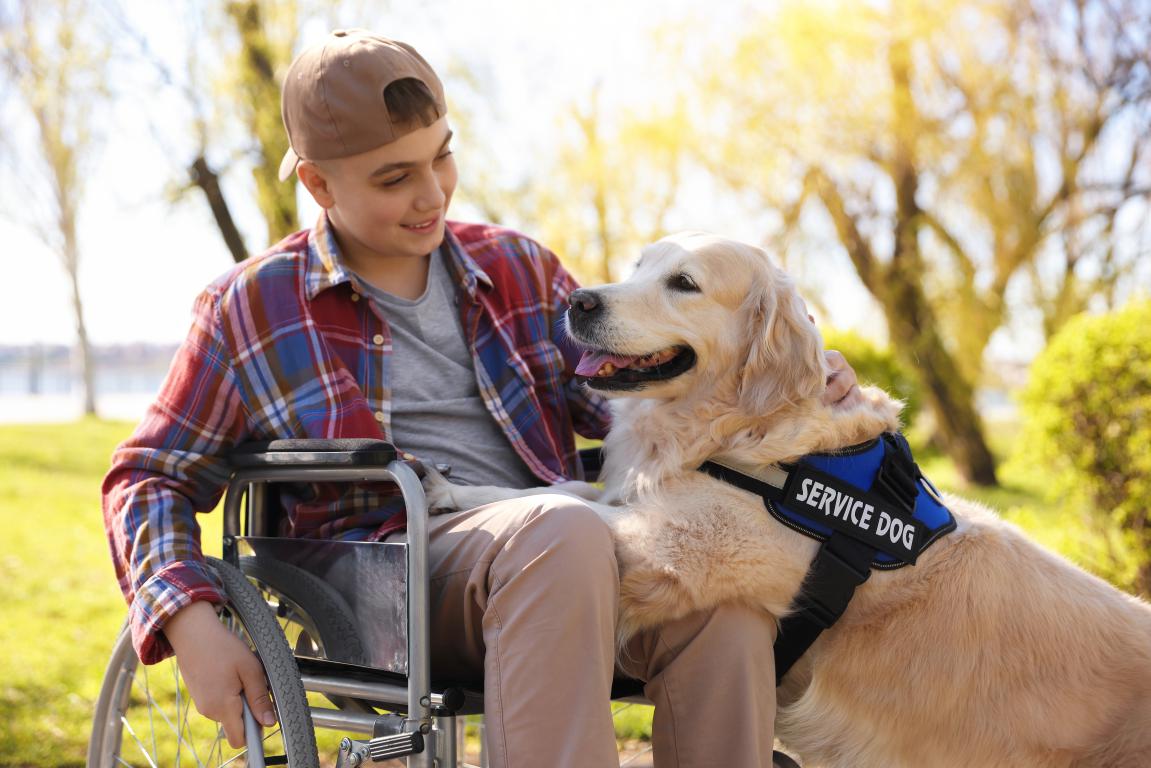
Understanding Assistance Dog Charities in the UKWhen you're exploring the possibility of getting an assistance dog, it's really helpful to understand how the system works here in the UK. Unlike some countries where government bodies might directly provide these dogs, in the UK, it’s primarily dedicated charities that do this incredible work. These organisations are vital because they take on the huge task of breeding, training, and placing assistance dogs with people who need them. They also provide ongoing support, which is so important for the dog and owner partnership to thrive. What is an Assistance Dog Charity?An assistance dog charity is a non-profit organisation that specialises in training highly skilled dogs to perform specific tasks for people with disabilities or certain medical conditions. They are driven by a mission to enhance independence, confidence, and quality of life for individuals who benefit from having an assistance dog. These charities rely heavily on donations, fundraising, and volunteers to carry out their work, as the cost of training a single assistance dog can be tens of thousands of pounds. They aren't just about giving someone a dog; they're about creating a life-changing partnership that offers practical help, emotional support, and greater access to the world. Why Do Charities Provide Assistance Dogs?The primary reason these charities exist is to fill a crucial gap in support for people with various challenges. Assistance dogs can perform a wide range of tasks that significantly mitigate the effects of a disability. For example, they can guide someone with sight loss, alert a deaf person to sounds, fetch items for someone with mobility issues, or even detect changes in a person's medical condition. Without these charities, many individuals wouldn't have access to this specialised support. They operate with a deep understanding of the transformative impact an assistance dog can have, enabling people to live more independently, participate more fully in society, and experience improved mental and physical well-being. They're driven by the belief that everyone deserves the chance to live their life to the fullest, and an assistance dog can be a powerful tool in achieving that. How are Assistance Dog Charities Regulated?In the UK, assistance dog charities are generally regulated by the Charity Commission for England and Wales, the Scottish Charity Regulator (OSCR), or the Charity Commission for Northern Ireland, depending on where they are based. This ensures they operate legally, transparently, and for the public benefit. Beyond general charity regulation, many of the leading assistance dog organisations are also members of Assistance Dogs International (ADI) or The International Guide Dog Federation (IGDF). These are global coalitions that set rigorous standards for the training and welfare of assistance dogs and the services provided by their member organisations. Being accredited by ADI or IGDF means a charity meets internationally recognised benchmarks for excellence in their field, giving you an assurance of quality and ethical practice. When you see that a charity is a member of one of these bodies, it's a strong indicator that they adhere to high standards in everything they do. 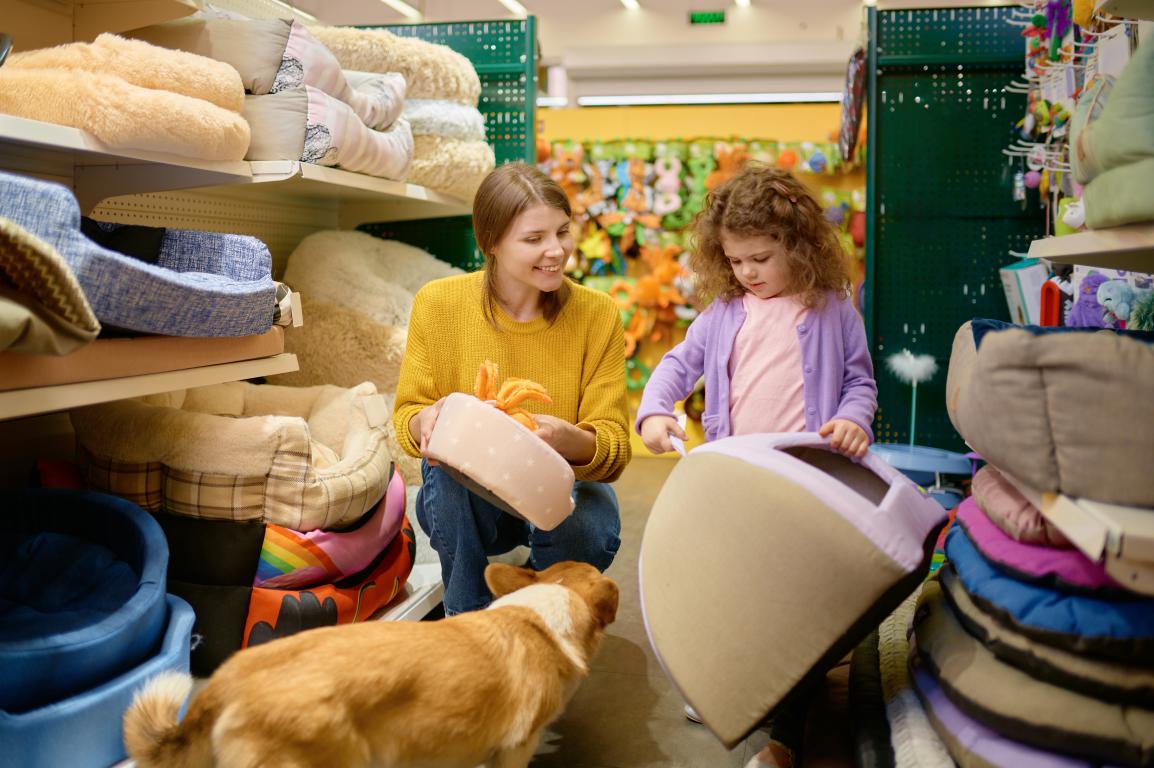
Guide DogsGuide Dogs is one of the most well-known and respected assistance dog charities in the UK, and indeed globally. For over 90 years, they have been at the forefront of providing life-changing support to people living with sight loss. Their work extends far beyond just pairing individuals with a guide dog; they offer a comprehensive range of services designed to help people with sight loss lead fulfilling and independent lives. Who Guide Dogs HelpsGuide Dogs primarily helps people living with sight loss across the UK. This includes individuals who are completely blind as well as those with partial sight, where their vision loss significantly impacts their daily life and mobility. They work with people of all ages, from children and young people right through to older adults, understanding that the impact of sight loss can vary greatly depending on an individual's stage of life and personal circumstances. Their goal is to empower people to get out and about safely, confidently, and independently, reducing isolation and increasing their participation in their communities. They recognise that every person's experience with sight loss is unique, and they strive to provide tailored support that meets individual needs. Types of Assistance Dogs Provided by Guide DogsThe main type of assistance dog provided by the charity is, as their name suggests, guide dogs. These dogs are meticulously trained to help people with sight loss navigate the world safely. A guide dog will act as an extension of their owner, guiding them around obstacles, stopping at curbs, and helping them find doors or crossings. They learn to ignore distractions and focus entirely on their handler's safety and directions. The breeds most commonly chosen for guide dog work include Labradors, Golden Retrievers, and German Shepherds, as well as crosses of these breeds, due to their intelligence, temperament, and biddability. Beyond the classic guide dog, Guide Dogs has also been innovating to meet broader needs. They offer "Buddy Dogs" for children and young people with sight loss who might benefit from a canine companion to build confidence, rather than a full guide dog partnership. Additionally, they provide "My Guide" services, which train human guides, and offer sighted guiding training, demonstrating their holistic approach to supporting people with sight loss in various ways, not solely through a dog. How to Apply for Support from Guide DogsApplying for support from Guide Dogs is a structured process designed to ensure that a guide dog partnership is the right solution for an individual and that they are well-matched with a suitable dog. The first step is usually to get in touch with Guide Dogs directly. You can do this via their website, by phone, or by email. They will then have an initial conversation with you to understand your situation, discuss your mobility needs, and explain more about what a guide dog partnership involves. Following this initial contact, an expert Guide Dogs mobility specialist will typically visit you at home. This visit is crucial as it allows them to assess your environment, understand your daily routines, and evaluate your current mobility and independent travel skills. They'll talk to you about your goals and what you hope to achieve with a guide dog. They’ll also consider practical aspects like your home environment, other pets, and your general health. This thorough assessment ensures that a guide dog is the most appropriate form of support and helps them to find the perfect match between you and a dog in terms of temperament, pace, and working style. If approved, you will then go through a period of training with your new dog, learning how to work together as a team. Guide Dogs provides extensive support throughout this journey, from initial application to ongoing assistance once you're partnered with your dog. 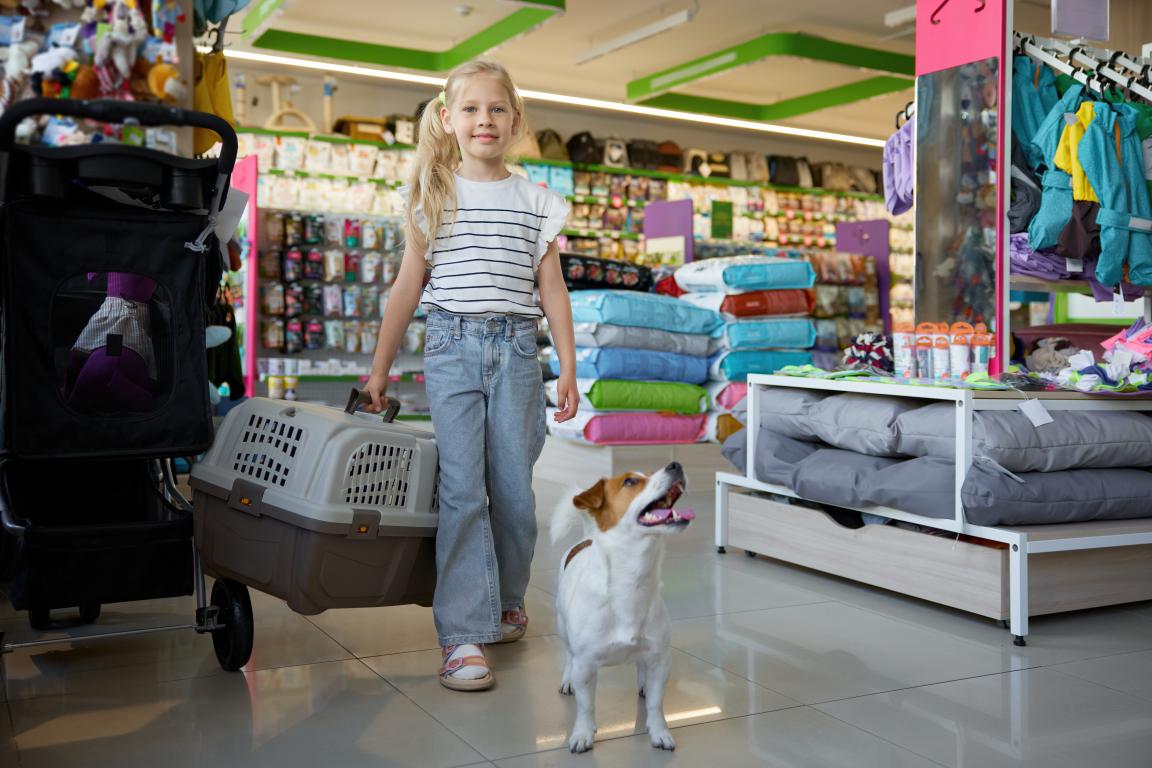
Dogs for AutismDogs for Autism is a unique charity dedicated to improving the lives of autistic individuals and their families. They focus specifically on the challenges faced by people with autism, providing highly trained assistance dogs that offer practical support, emotional regulation, and a pathway to greater independence and social inclusion. Their work acknowledges the diverse ways autism affects individuals and aims to provide tailored canine assistance. Who Dogs for Autism HelpsDogs for Autism helps autistic children and adults across the UK. They recognise that autism is a spectrum, and the support needed varies greatly from person to person. Their dogs are trained to support individuals with a wide range of autistic traits, including those who experience sensory overload, communication difficulties, anxiety in social situations, or a need for routine. The charity understands that for many autistic people, navigating the world can be incredibly challenging, leading to high levels of stress and anxiety for both the individual and their families. By providing an assistance dog, they aim to reduce these challenges, enabling autistic people to access public spaces more easily, cope with sensory environments, and develop greater self-confidence. They work with families to understand their specific needs and how a dog can best integrate into their lives to provide meaningful support. Types of Assistance Dogs Provided by Dogs for AutismDogs for Autism provides specifically trained autism assistance dogs. These dogs are not simply pets; they are carefully selected and undergo extensive training to perform tasks that directly mitigate the difficulties associated with autism. Their training focuses on a range of behaviours designed to support autistic individuals. This can include providing deep pressure therapy to help calm an individual during a meltdown or sensory overload, acting as a social buffer to create personal space in busy environments, interrupting repetitive behaviours, and helping to manage anxiety in public places. The dogs can also be trained to tether to a child, preventing them from bolting into dangerous situations. The breeds typically chosen for this highly specialised work are often Labradors and Golden Retrievers, or crosses of these breeds. These breeds are valued for their calm temperaments, intelligence, and willingness to please, all of which are crucial for the demanding role of an autism assistance dog. The training is highly individualised, meaning each dog is trained to meet the specific needs of the person they will be matched with, making every partnership unique and highly effective. How to Apply for Support from Dogs for AutismApplying for an assistance dog from Dogs for Autism involves a thorough process to ensure the best possible match and outcome for the autistic individual and their family. The journey typically begins by visiting their website where you can find detailed information about their criteria and the application process. They usually require you to complete an initial expression of interest or an application form, which will ask for information about the autistic individual, their specific needs, and how an assistance dog might help. Once an application is received, the charity will review it carefully. If the initial criteria are met, they will often proceed with a more in-depth assessment. This can involve interviews with the autistic individual and their family, perhaps a home visit, and gathering information from relevant professionals, such as doctors or therapists, to get a comprehensive understanding of the individual's needs and the family's environment. This rigorous assessment process helps Dogs for Autism determine if an assistance dog is the most appropriate form of support and ensures they can make a successful placement. They are committed to finding the right dog for the right person, so patience is key throughout the application journey, as the training and matching process can take a significant amount of time. They will guide you through each step, providing clear communication and support. 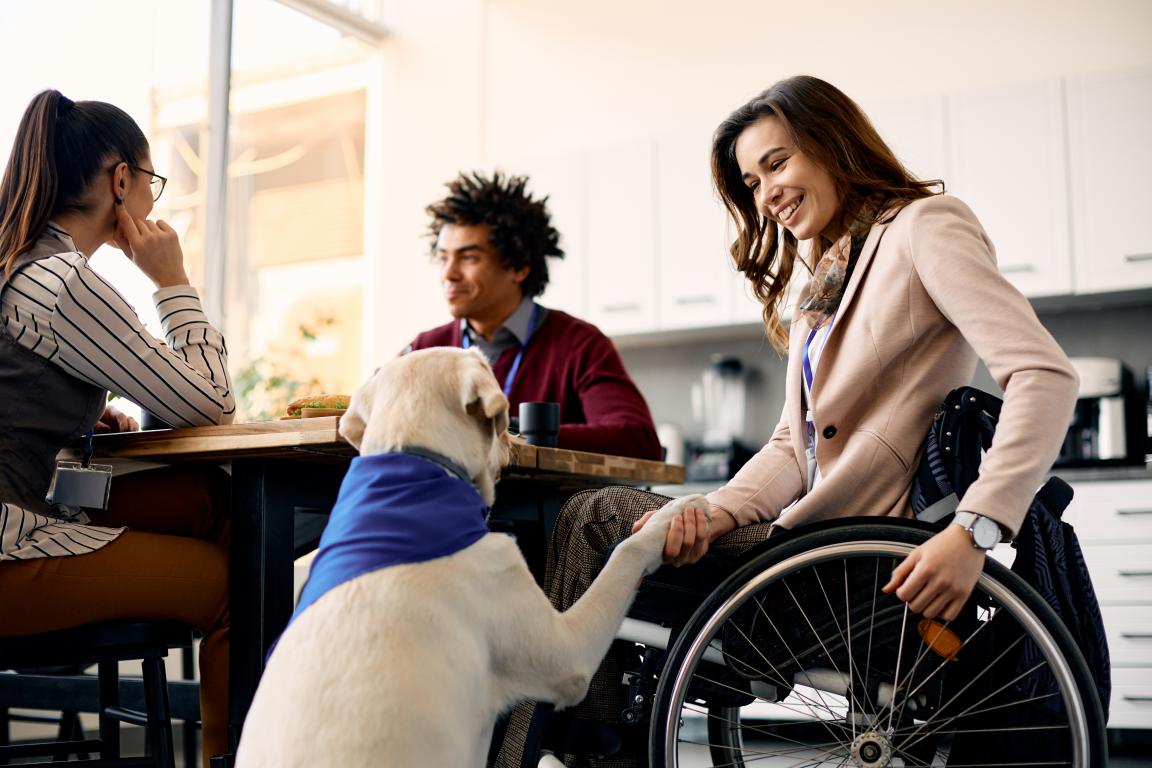
Canine PartnersCanine Partners is a dedicated UK charity that transforms the lives of people with physical disabilities. They achieve this by training assistance dogs to perform a wide array of practical tasks, enabling their partners to live with greater independence, confidence, and social inclusion. Their focus is squarely on empowering individuals to overcome daily challenges that might otherwise limit their participation in life. Who Canine Partners HelpsCanine Partners primarily helps people with physical disabilities. This can include a very broad spectrum of conditions such as multiple sclerosis, cerebral palsy, muscular dystrophy, spinal injuries, stroke, or limb loss, among many others. They work with adults aged 16 and over, understanding that physical disabilities can impact independence in countless ways, from the ability to perform household tasks to accessing public spaces. The individuals they support often experience difficulties with mobility, dexterity, and strength, which can make everyday activities challenging or even impossible without assistance. Canine Partners aims to empower these individuals by providing a highly skilled dog that can perform tasks to mitigate these physical barriers, thereby reducing reliance on human carers and increasing overall independence and quality of life. They focus on creating partnerships that genuinely enhance a person's ability to live autonomously. Types of Assistance Dogs Provided by Canine PartnersCanine Partners trains highly skilled assistance dogs specifically to perform practical tasks for people with physical disabilities. These dogs are not just companions; they are trained to carry out a remarkable range of actions that directly help their partners in daily life. For example, a Canine Partner dog can pick up dropped items, open and close doors, help with dressing and undressing, press buttons at pedestrian crossings, retrieve the post, unload washing machines, and even help to remove a card from an ATM. They are also trained to get help in an emergency, which provides an invaluable sense of security for their partners. The breeds most commonly used by Canine Partners are Labradors, Golden Retrievers, and various crosses of these breeds. These breeds are selected for their intelligence, calm and gentle temperaments, trainability, and size, as they need to be strong enough to perform tasks like opening doors but also gentle enough to work closely with their human partners. Each dog undergoes extensive and bespoke training, tailored to the specific needs of the individual they will be partnered with, ensuring that the assistance provided is directly relevant and maximises their partner's independence. How to Apply for Support from Canine PartnersApplying for an assistance dog from Canine Partners is a comprehensive process designed to ensure that a partnership with one of their dogs is the right solution and that a successful match can be made. The first step involves visiting their website to gather information about their criteria and to request an application form. This form will ask for detailed information about your physical disability, how it impacts your daily life, and what you hope an assistance dog could help you achieve. Once your application is submitted, it will be reviewed by their team. If you meet the initial criteria, the next stage typically involves an in-depth assessment. This often includes interviews, a home visit by a Canine Partners representative, and potentially a visit to their training centre. During these assessments, they will evaluate your physical capabilities, your home environment, your lifestyle, and your specific needs to determine if an assistance dog is suitable and what tasks would be most beneficial for you. They may also speak with relevant medical professionals to gain a full understanding of your condition. This thorough approach ensures that when a dog is matched with you, it's a partnership that will truly flourish and provide life-changing support. The process can take time due to the extensive training and careful matching involved, but Canine Partners provides support and guidance every step of the way. 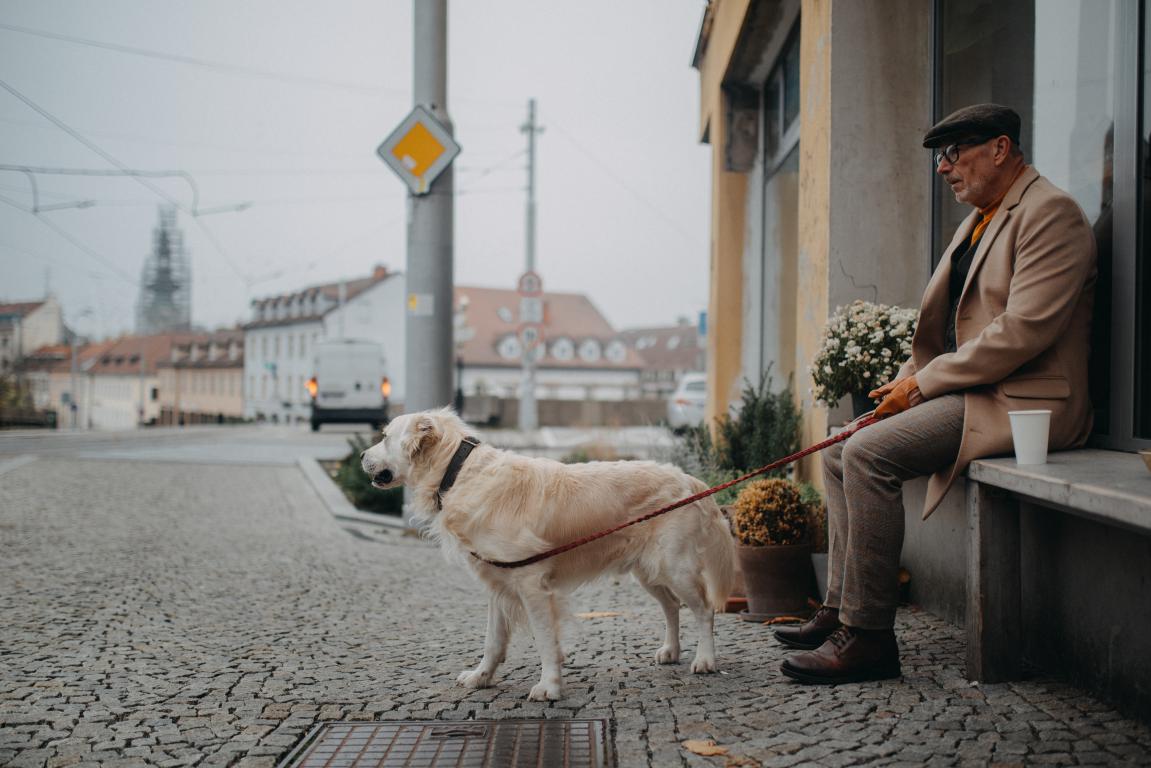
Support DogsSupport Dogs is a national charity with a profound impact on the lives of individuals facing various challenging conditions. They are dedicated to increasing independence and quality of life by providing, training, and supporting specialist assistance dogs. Their approach is unique in that they work across several distinct programs, each tailored to specific needs, highlighting their versatility and commitment to comprehensive support. Who Support Dogs HelpsSupport Dogs helps a diverse range of individuals across the UK through three core programs: seizure alert dogs, autism assistance dogs, and disability assistance dogs. Their seizure alert program supports people who have epilepsy or other seizure disorders that provide a reliable 'aura' or warning prior to a seizure. The dogs are trained to respond to these pre-seizure warnings, providing an alert which gives their partner time to get to a place of safety or call for help, significantly improving their safety and peace of mind. The autism assistance program helps autistic children aged 3-10 years old and their families. These dogs are trained to provide a calming presence, help prevent bolting behaviours, and create a social bridge, enabling children to cope better in public and participate more fully in family life. Finally, their disability assistance program supports individuals with a range of physical disabilities, including conditions like multiple sclerosis, cerebral palsy, and spinal injuries. These dogs are trained to perform practical tasks that help mitigate the challenges of physical disability, similar to the work of Canine Partners, aiding with everyday activities and increasing independence. Support Dogs’ comprehensive approach means they can offer life-changing support to people facing very different, yet equally challenging, circumstances. Types of Assistance Dogs Provided by Support DogsSupport Dogs provides three distinct types of assistance dogs, each with highly specialised training tailored to their specific roles:
For all programs, Support Dogs carefully selects breeds known for their intelligence, calm temperament, and eagerness to please, such as Labradors, Golden Retrievers, and mixed breeds. The training is intensive and bespoke, ensuring each dog is perfectly suited to its individual partner's needs. How to Apply for Support from Support DogsApplying for an assistance dog from Support Dogs involves a detailed process to ensure that their services are suitable for your specific needs and that a successful partnership can be formed. The first step is usually to visit their website, where you'll find information about their different programs and the initial application requirements. They typically ask for an expression of interest or an application form to be completed online, which will gather preliminary details about the potential recipient, their condition, and how they believe an assistance dog could help. Once an initial application is submitted and reviewed, if it meets their basic criteria, Support Dogs will move to a more in-depth assessment phase. This can involve a series of interviews with the applicant and their family, perhaps a home visit by one of their client services managers, and potentially discussions with relevant medical professionals, such as doctors or therapists. For the seizure alert program, they will need to verify the presence of a reliable pre-seizure warning (aura). For the autism program, they will assess the child's needs and the family dynamics. For disability assistance, they will assess physical capabilities and specific tasks required. This thorough assessment ensures that the right program is identified, and that if a dog is placed, it will genuinely enhance the recipient's independence and quality of life. The charity is committed to careful matching and provides extensive support throughout the application and partnership journey, which can take time due to the specialised nature of the training. 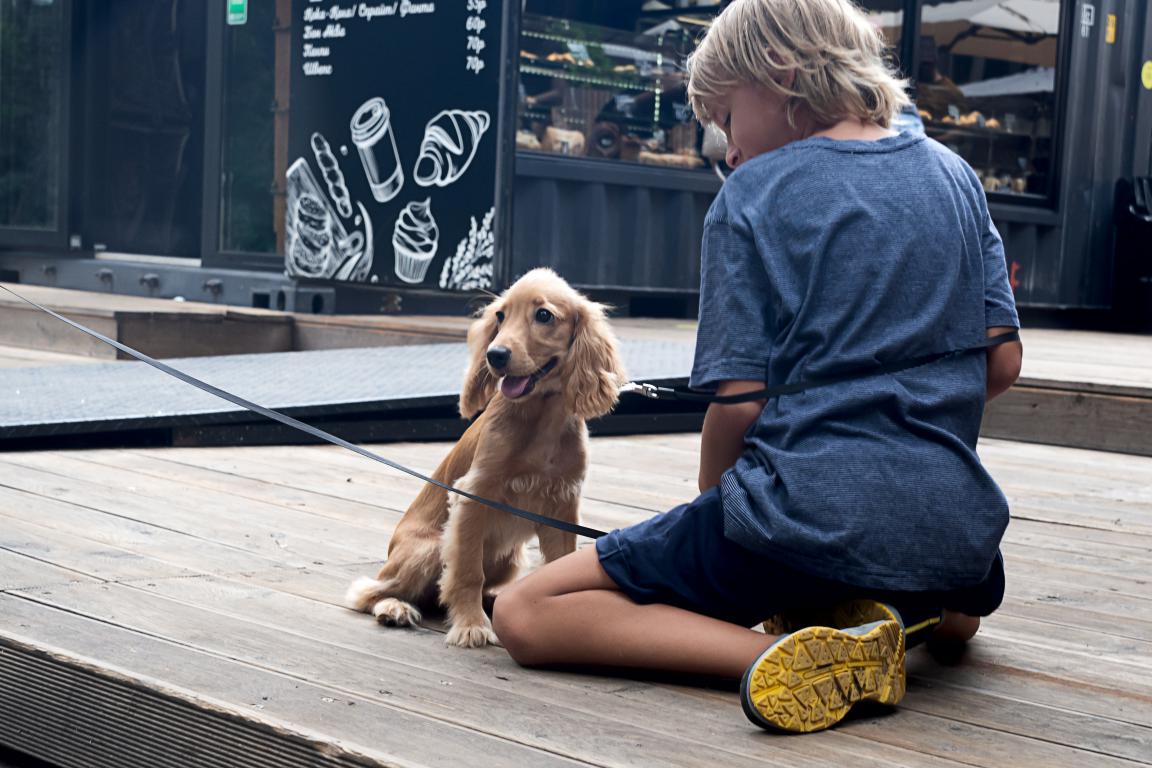
Hearing Dogs for Deaf PeopleHearing Dogs for Deaf People is a remarkable charity dedicated to providing hearing dogs to deaf people across the UK. Their work directly addresses the challenges of deafness and hearing loss, offering practical assistance, emotional support, and a vital connection to the world of sound that many deaf individuals might otherwise miss. Who Hearing Dogs for Deaf People HelpsHearing Dogs for Deaf People helps deaf adults and children across the UK who have profound or severe hearing loss. This includes individuals who are profoundly deaf, partially deaf, or those who have progressive hearing loss, experiencing significant impacts on their daily lives. The charity understands that living with deafness can lead to feelings of isolation, vulnerability, and stress, as critical sounds like smoke alarms, doorbells, or alarms can be missed. Their aim is to empower deaf people to live more independently and confidently by alerting them to these important sounds. They recognise that communication barriers and safety concerns are major issues for many deaf individuals, and a hearing dog can provide a unique solution that goes beyond technological aids. By providing a connection to sounds, they help their partners feel safer, more connected, and less anxious in their own homes and out in public. Types of Assistance Dogs Provided by Hearing Dogs for Deaf PeopleHearing Dogs for Deaf People provides highly trained hearing dogs. These special assistance dogs are specifically selected and trained to alert deaf people to crucial sounds in their environment. When a hearing dog hears an important sound, they will make physical contact with their partner, often by nudging them with their nose or paw, and then lead them to the source of the sound. This allows the deaf person to be aware of and respond to sounds they wouldn't otherwise hear. The sounds a hearing dog is typically trained to alert to include:
Breeds commonly chosen for hearing dog work include cocker spaniels, poodles, labradors, and various crosses. These breeds are selected for their intelligence, compact size, willingness to work, and their ability to bond closely with their partners. Each dog undergoes intensive and individualised training, ensuring they are perfectly attuned to their partner's specific hearing loss and lifestyle. How to Apply for Support from Hearing Dogs for Deaf PeopleApplying for a hearing dog from Hearing Dogs for Deaf People is a structured process designed to ensure the best possible match and outcome for both the deaf individual and the dog. The first step involves visiting their website, where you can find detailed information about their eligibility criteria and how to begin the application process. You will typically be asked to complete an initial enquiry form or application form, providing information about your hearing loss, your lifestyle, and how you feel a hearing dog could benefit you. Once this initial application is received, it will be reviewed by the charity's client services team. If you meet their initial criteria, the next stage will involve a more in-depth assessment. This often includes a meeting with a Hearing Dogs representative, which could be a home visit or a virtual meeting, to discuss your needs in greater detail, assess your living environment, and understand your daily routines. They may also ask for documentation regarding your hearing loss from audiologists or other medical professionals. This comprehensive assessment ensures that a hearing dog is the most appropriate form of support for you and helps them to find a dog that will perfectly complement your lifestyle and provide the most effective assistance. The charity provides continuous support and guidance throughout the application process and after you are partnered with a dog, ensuring a successful and life-changing journey. 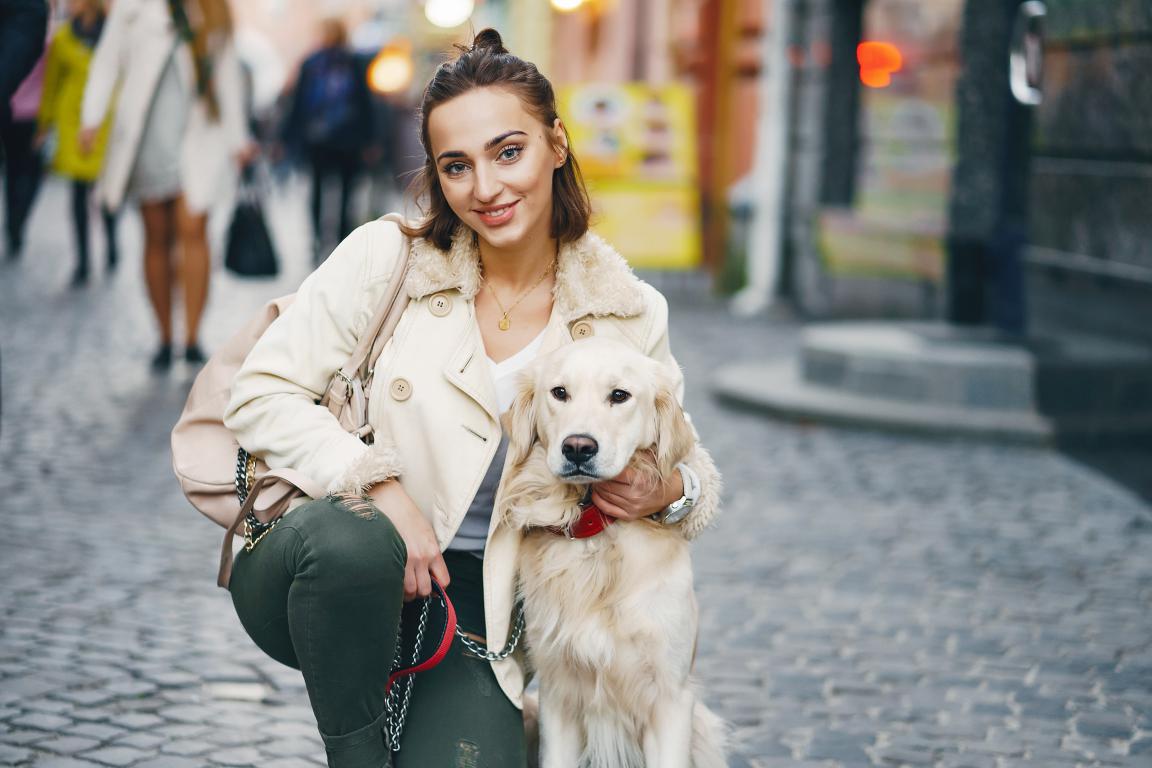
Medical Detection DogsMedical Detection Dogs is a truly innovative charity pioneering the use of dogs' extraordinary sense of smell to detect human diseases. Their work is at the cutting edge of medical science, demonstrating how dogs can be trained to save lives and improve the quality of life for people with complex medical conditions. They operate across two distinct areas: Medical Alert Assistance Dogs and Bio Detection Dogs. Who Medical Detection Dogs HelpsMedical Detection Dogs primarily helps individuals with life-threatening medical conditions that cause a sudden, unpredictable drop or rise in certain physiological parameters, which the dogs are trained to detect through scent changes. Their Medical Alert Assistance Dogs help people with conditions such as:
The charity also contributes to broader public health through its Bio Detection Dogs program. These dogs work in sterile laboratory environments, using their sense of smell to detect the odour of diseases like cancer, Parkinson's disease, and bacterial infections in human samples. While these dogs don't live with individuals, their work is instrumental in early diagnosis and medical research, potentially benefiting countless people. Medical Detection Dogs' work offers a unique layer of protection and early warning, significantly enhancing the safety and independence of their human partners and advancing medical understanding. Types of Assistance Dogs Provided by Medical Detection DogsMedical Detection Dogs provides two main types of highly specialised dogs, each with a unique purpose:
The training for both types of dogs is extremely rigorous and science-based, taking advantage of the dog's natural abilities and refining them for precise medical applications. How to Apply for Support from Medical Detection DogsApplying for a Medical Alert Assistance Dog from Medical Detection Dogs is a very specific and thorough process, given the critical nature of the dog's role in detecting life-threatening medical changes. It's important to note that this charity only provides dogs for individuals whose condition is demonstrably life-threatening and where the dog's ability to alert can genuinely mitigate this risk. The application process typically begins by visiting their website to review their strict eligibility criteria. They usually require an initial application form, which will ask for extensive details about your medical condition, how it impacts your life, and the specific types of alerts you would need. Crucially, they will require medical evidence from your treating consultants to confirm your diagnosis, the life-threatening nature of your condition, and the presence of any subtle physiological changes that a dog might be able to detect before you become symptomatic. If your initial application meets their criteria, you will then proceed to a more in-depth assessment. This often involves detailed medical questionnaires, interviews, and possibly a home visit to assess your environment and lifestyle. They work very closely with medical professionals throughout this process to ensure that a Medical Alert Assistance Dog is truly the most appropriate and effective intervention for your specific circumstances. Due to the high level of specialisation and demand, the application and training process can be extensive, but the charity is committed to placing dogs where they can make the most profound, life-saving difference. 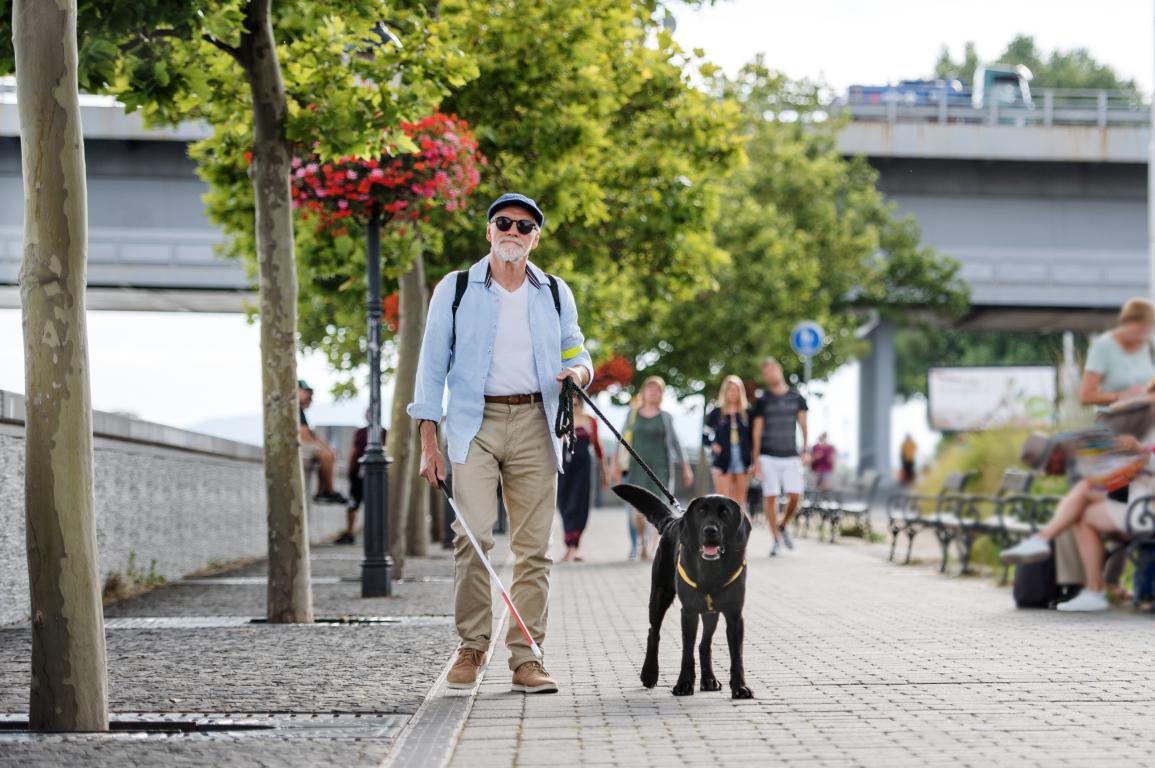
Dogs for GoodDogs for Good is a leading UK charity that believes in the power of dogs to transform lives. They focus on bringing people and dogs together to improve life for those with a wide range of disabilities and conditions. Their work spans several areas, from providing assistance dogs to offering advice and support for owning a pet dog when you have a disability, showcasing their holistic commitment to canine-assisted living. Who Dogs for Good HelpsDogs for Good helps a diverse group of people across the UK, focusing on individuals with various disabilities and conditions who would significantly benefit from the presence and skills of a dog. Their main areas of support include:
Their broad approach reflects their understanding that dogs can enhance lives in many different ways, not just through one-on-one assistance dog partnerships. Types of Assistance Dogs Provided by Dogs for GoodDogs for Good provides several types of highly trained dogs, each serving a distinct purpose to support different needs:
For all their programs, Dogs for Good carefully selects breeds known for their intelligence, stable temperaments, and biddability, such as Labradors, Golden Retrievers, and crossbreeds. The training is comprehensive and tailored to the specific role and individual needs of the partner or community setting. How to Apply for Support from Dogs for GoodApplying for support from Dogs for Good, whether for an assistance dog or their other services, involves a clear and structured process. Given their diverse range of programs, the specific application journey can vary slightly depending on what type of support you are seeking. Generally, the first step is to visit their website. Here, you will find detailed information about each of their services – assistance dogs for adults with physical disabilities, assistance dogs for children with autism, and their community dog program. They provide clear eligibility criteria for each. You will typically be asked to complete an initial enquiry form or an application form online, providing details about your situation, your disability or condition, and how you believe a dog could help. Once an application is submitted, it will be carefully reviewed by their team. If you meet the initial criteria for a specific program, the next stage usually involves a more in-depth assessment. This can include interviews with the applicant and their family, a home visit by a Dogs for Good representative to assess your environment and lifestyle, and possibly discussions with relevant professionals (e.g., doctors, therapists, teachers). This comprehensive assessment ensures that a dog partnership is the most appropriate and effective solution for your needs and helps them to make the best possible match. For their community dog program, applications are usually made by organisations or professionals rather than individuals directly. Dogs for Good is committed to thorough matching and provides ongoing support to all their partnerships. 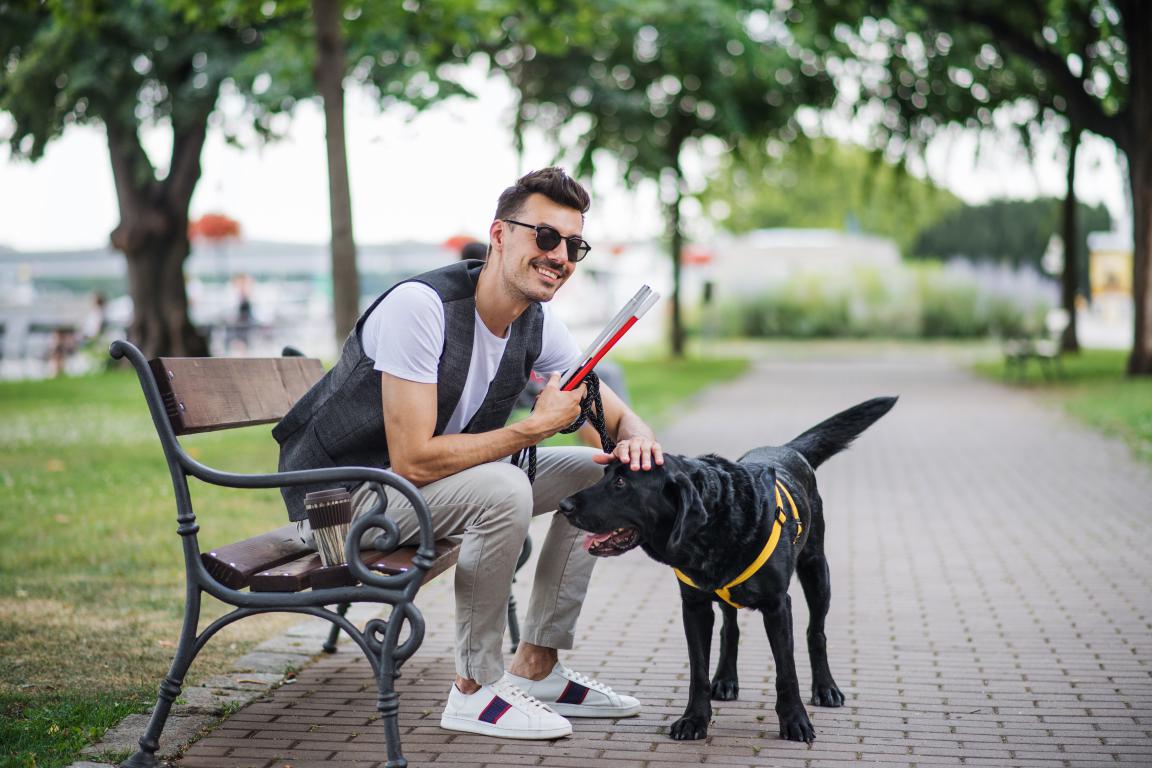
Connecting You to More InformationWe really hope this guide has given you a helpful overview of the amazing assistance dog charities in the UK and shown you a bit more about who they help and how. It's a big journey to consider bringing an assistance dog into your life, and it's totally normal to have lots of questions as you think about what might be best for you or your family. This guide was designed to introduce you to the charities themselves, but we know there's a whole lot more to understand about assistance dogs in general. Things like what it's truly like to live with one, what your rights are when you're out and about, and how the law protects these special partnerships. That's why we've put together another really comprehensive guide, What You Need To Know About Assistance Dogs and The Equality Act 2010. It dives much deeper into the legal side of things, explaining your rights and responsibilities as an assistance dog owner, and what you can expect when you're in public places. You'll find lots of practical information there too, all designed to give you a complete picture and help you feel fully informed and confident as you explore the world of assistance dogs.
© 2024 The Card Project Uk Ltd
VAT: 453 2087 06
|